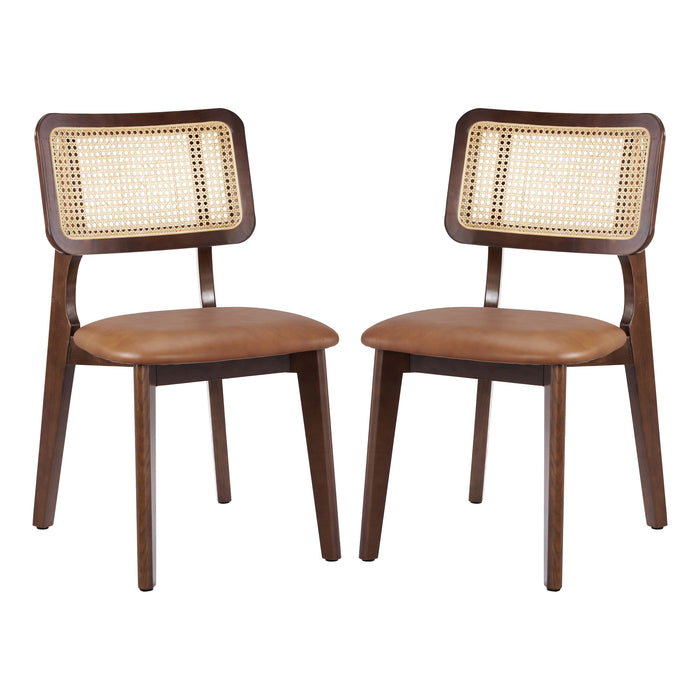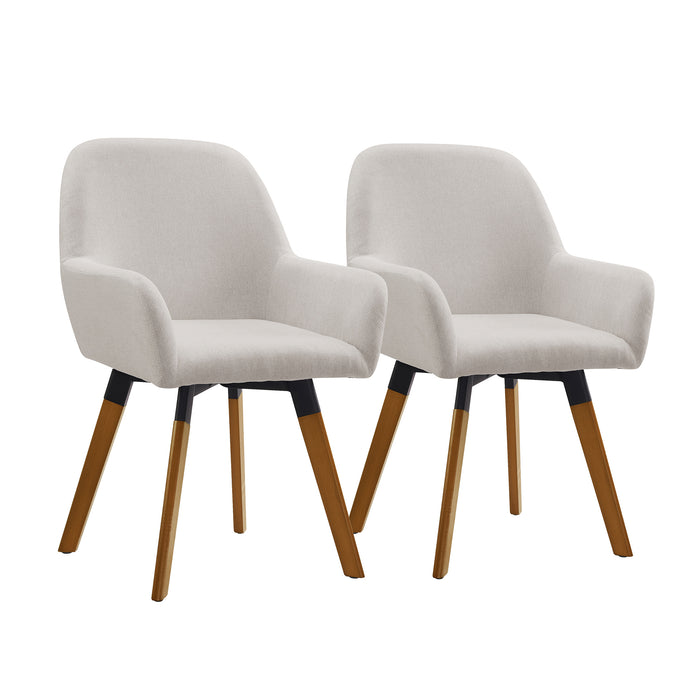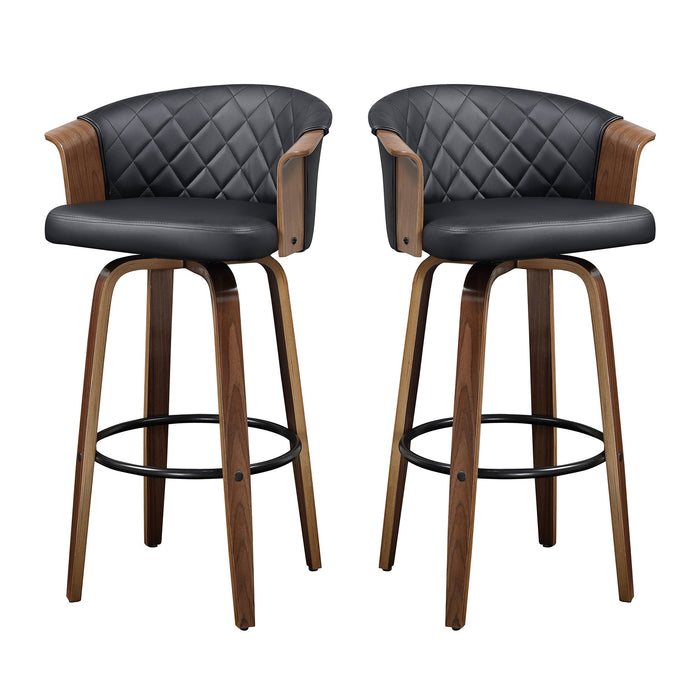
|
Contents[hide]
|
As urban dwellings become increasingly the norm, the longing for a connection with nature grows. Biophilic design, an innovative approach that seeks to integrate natural elements into modern living spaces, has been gaining momentum. By incorporating aspects of nature into our homes, we tap into an innate connection that promotes well-being, tranquility, and aesthetic harmony.
Why Furniture Biophilic Design Is Increasingly Relevant
Biophilic furniture design embodies a growing recognition that our surroundings profoundly affect our health, productivity, and emotional well-being. By incorporating principles of biophilia into the design of furniture, we invite the calming and rejuvenating essence of nature into our daily lives. The result? Spaces that not only facilitate our lifestyle needs but also foster our connection to the natural world, promoting a holistic sense of well-being. As the world becomes increasingly urban and digital, furniture that can offer us a touch of the natural world will undoubtedly become an essential and cherished element of our interior landscapes.
-
Reconnecting with Nature
Urbanization has led to a significant distance between humans and their natural environment. Biophilic furniture design seeks to bridge this gap by bringing elements that remind us of nature into our homes and workplaces. This can include furniture that incorporates natural materials, textures, patterns that imitate forms found in nature, or colors that evoke natural landscapes.
-
Sustainability and Environmental Responsibility
A core component of biophilic furniture design is sustainability. By using environmentally friendly materials and processes, furniture designers and manufacturers are responding to the increasing demand for products that minimize their impact on the planet. With a growing consciousness about the planet's health, eco-friendly furniture has become more than a trend—it is a reflection of the values of a society aiming to achieve greater harmony with its environment.
Natural Wood Dining Table: Choose a dining table made of natural wood, such as oak dining chairs, pine, or maple. The warmth and texture of natural wood can bring a sense of organic warmth to your dining space.
-
Encouraging Innovation in Design
Biophilic design challenges furniture makers to innovate. This design paradigm encourages them to explore beyond traditional practices and materials, often leading to unique and forward-thinking furniture items. From using reclaimed wood to experimenting with plant-based materials and even integrating live plants into furniture, biophilic design pushes the envelope of creativity.
Types of Biophilic Design Furniture that Contribute to a life-enhancing interior:
-
1. Sustainable Wood Furniture:
Wooden furniture constructed from sustainably sourced or reclaimed wood not only promotes environmental responsibility but also brings a piece of nature into your space. The unique grains and organic lines of wooden furnishing pieces such as tables, chairs, and bookcases can add warmth and a natural feel.
We recommend:
-
2. Live Edge Pieces:
Live edge furniture incorporates the natural edge of the wood into the design, often used in tables, benches, and shelving. This type of furniture celebrates the irregular, imperfect lines found in nature, creating a direct link to the outdoors.
-
3. Plant-Incorporated Furniture:
Beyond just house plants on windowsills, some furniture pieces are designed with integrated planters. Coffee tables, room dividers, or even lamps with space for greenery can help purify the air and add a living element to the decor.
-
4. Woven Natural Fiber Furnishings:
Rattan, wicker, bamboo, and sea-grass furniture are lightweight, durable, and offer a texture reminiscent of outdoor foliage. Items like bamboo chairs or seagrass ottomans bring a tropical or coastal vibe inside.
-
5. Stone and Earthenware Pieces:
Tables or decorative items crafted from stone, marble, or terra cotta carry the cool, soothing presence of earth into a room. These materials offer an array of textures and patterns that are visually intriguing and grounding.
-
6. Organic-Shaped Furniture:
Chairs, sofas, and other pieces that eschew straight lines and rigid geometries for curves and organic shapes mimic forms found in nature. These shapes can be more comfortable and restful, fostering relaxation and stress reduction.
-
7. Wool and Natural Fabric Upholstery:
Using natural upholstery materials like wool, cotton, linen, or leather allows furniture to 'breathe' and also offers a spectrum of textures that echo the outdoors. These materials also typically feature natural, subdued colors that fit a biophilic palette.
-
8. Water Features:
Incorporating water into furniture design like indoor fountains integrated into tables or stand-alone features enhances the sensory experience through sight and sound, providing a peaceful ambiance.
-
9. Natural Motion Furniture:
Pieces that mimic movement found in nature, like rocking chairs or hanging egg chairs, can create a sense of comfort and ease, offering a subconscious connection to the rhythmic movements found in natural environments.
-
10. Modular Green Furniture:
Modular pieces that can be adapted to include plant life or changed to fit different spaces and needs reflect nature's adaptability. They can also help in creating green walls or garden spaces inside the house.
-
11. Light-Enhancing Pieces:
Mirrors and furniture with reflective surfaces can help to distribute natural light throughout a room, mimicking the way sunlight is dispersed in the natural world. This can help maximize daylight and reduce the reliance on artificial lighting.
-
12. Eco-Friendly Finishes:
Furniture that uses non-toxic, low-VOC paints and finishes adds to the biophilic approach by improving indoor air quality and reducing the impact on the natural environment.
By incorporating these types of biophilic design furniture into interiors, a space can evoke the patterns, textures, and forms of the natural world, leading to interiors that are not only aesthetically pleasing but also conducive to physical and mental well-being.
Conclusion
By integrating biophilic design principles into your living room, you create more than just a space—it becomes a nurturing environment that supports health and happiness. Remember, the key to biophilic design is layering and diversity, so mix and match these ideas to create a living room that truly feels like a breath of fresh air. With thoughtful choices and a nod to the natural world, you can transform your living space into a serene and invigorating sanctuary.



